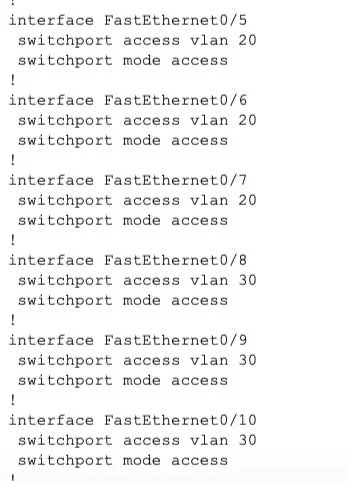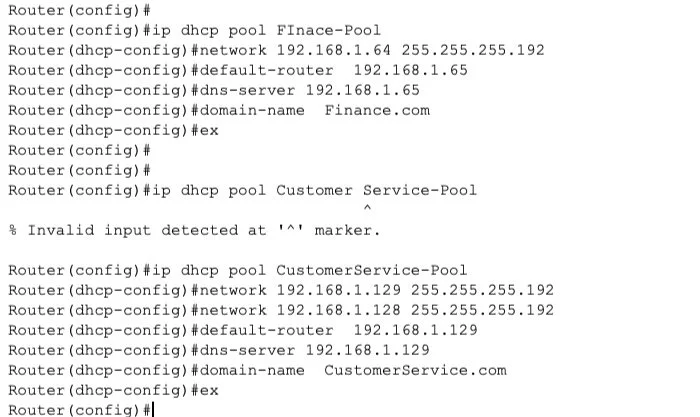
ACI Siguiri Network Implementation CISCO

PROJECT OVERVIEW
In this project, I was tasked with designing and implementing a dedicated network infrastructure for ACI's new branch in Siguiri. The goal was to create a small, efficient network that operates independently from the company's main headquarters, utilizing CISCO products to ensure consistency and reliability.

OBJECTIVES
Establish a network infrastructure with a single router and switch to cater to the branch's needs.
Segment the network into three distinct VLANs corresponding to the branch's departments: Admin/IT, Finance/HR, and Customer Service/Reception.
Provide wireless connectivity within each department to enhance flexibility and mobility.
Configure the network to dynamically assign IPv4 addresses to host devices.
Ensure seamless interdepartmental communication across all VLANs.

SUBNETTING
In networking, it helps divide a large network into smaller, manageable sections, improving efficiency, security, and communication within each group.
Network Requirements:
The base network is 192.168.1.0, requiring the creation of three subnets to accommodate the three departments within the branch.Subnetting Strategy:
Utilizing a Class C IP address range (192.168.1.0), we implemented subnetting to create three distinct network segments. This involved borrowing bits to devise a suitable subnetting scheme that meets the departmental requirements.Subnetting Calculations:
Base Network: 192.168.1.0/24
Number of Subnets Required: 3 (calculated as 2^n, where n is the number of borrowed bits, in this case, n=2 since 2^2=4)
Original Subnet Mask: 255.255.255.0 (/24)
New Subnet Mask after borrowing 2 bits: 255.255.255.192 (/26), resulting in a block size of 64.

CONFIGURATION
Router
Configured the Cisco router to handle routing between VLANs, set up DHCP for dynamic IP address allocation, and implemented security features to protect the network.
Wireless
Deployed wireless access points, assigning each to the appropriate VLAN to extend segmented network access wirelessly.
Configured SSIDs and security protocols to ensure secure and efficient wireless connectivity for users.
Switch
Set up the Cisco switch with VLAN configurations, assigning each port to its respective VLAN based on the departmental requirements: VLAN 10 for Admin/IT, VLAN 20 for Finance/HR, and VLAN 30 for Customer Service/Reception.
DHCP
Vlan
Defined VLANs on the switch to segment the network traffic: VLAN10 (Admin/IT), VLAN20 (Finance/HR) & VLAN 30 (CS).
Ensured proper tagging and untagging of ports to facilitate communication within each VLAN
Configured the DHCP service on the router to dynamically assign IP addresses to devices within each VLAN, ensuring that devices receive IP addresses corresponding to their VLAN.
Inter-VLAN Routing
Implmented inter-VLAN routing on the router to enable communication between VLANs, ensuring that devices in different departments can connect as necessary while maintaining network segmentation.








